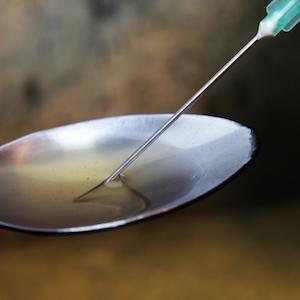In 2017, more than 72,000 Americans died from drug overdoses. That's a staggering number -- almost double the number of car crash fatalities and nearly quadruple the number of homicides. Most drug overdoses involved some type of opioid.
The dominant media narrative is that unscrupulous pharmaceutical companies and careless doctors are to blame. But this is only one part of a multifaceted problem, and a rather skewed perspective at that. The reality is that recreational drug users are driving the crisis, not pain patients.
To understand how we arrive at that conclusion, a brief history of the opioid crisis is in order.
A Brief History of the Opioid Crisis
In the past 30 or 40 years, the United States has witnessed several drug crises. There was a heroin epidemic in the 1980's, a crack epidemic in the 80's and 90's, and a methamphetamine epidemic in the 90's and 00's. Obviously, we cannot blame the pharmaceutical industry or doctors for those; nobody prescribes crack to patients. The point is that humans have a tendency to abuse drugs and become addicted to them. This has been a rather well-known phenomenon since we discovered alcohol. The British and Chinese fought two wars over opium.
The current opioid epidemic, which began in the mid-1990's, unfolded in phases, and key milestones changed the course of the crisis.
#1. In 1995, Purdue Pharma received approval for OxyContin, a powerful opioid. Many patients got hooked and began doctor shopping. More importantly, some people began abusing OxyContin, by crushing and injecting it.
#2. In 2007, Purdue paid a $634-million fine for lying about OxyContin, which they claimed was less addictive than other opioids.
#3. Prescriptions for opioids tripled between 1991 and 2011. This was probably due to some doctors over-prescribing the drugs, for instance by giving a one-month supply of drugs for a pain issue that might last for only a week. As a result, a lot of opioids flooded the market, and they fell into the wrong hands, such as drug dealers, addicts, and teenagers. In response, the government decided to crack down on opioid prescriptions.
#4. In 2010, Purdue released an abuse-resistant formulation of OxyContin. If a drug abuser tried to crush it for injection, it would turn into an unusable gummy mess. Simultaneously, doctors became reluctant to give opioids to patients, so prescriptions began to decrease.
#5. This marked the beginning of the heroin epidemic. Despite all the good intentions in #4, addicts and other recreational drug users -- who could no longer get easy access to OxyContin, Vicodin, or other opioids -- turned to heroin. As a result, opioid-related deaths have continued to increase.
#6. Deaths from prescription opioids alone are rare. The reason so many people, usually recreational drug users, overdose is because they are mixing opioids with other drugs, such as alcohol or benzodiazepines. This is a lethal cocktail. Additionally, heroin is often adulterated with illegal fentanyl, a drug that is 50 times more potent than morphine. (A lethal dose of fentanyl looks like a few grains of table salt.) Fentanyl is largely coming into the country from China via Mexico.
The bottom line is that the crisis does not have any one single origin. It is always convenient to have a scapegoat, such as Big Pharma, but that isn't an accurate portrayal. Solving the opioid epidemic requires an unemotional, clear-eyed view of the multifaceted nature of the cause.




